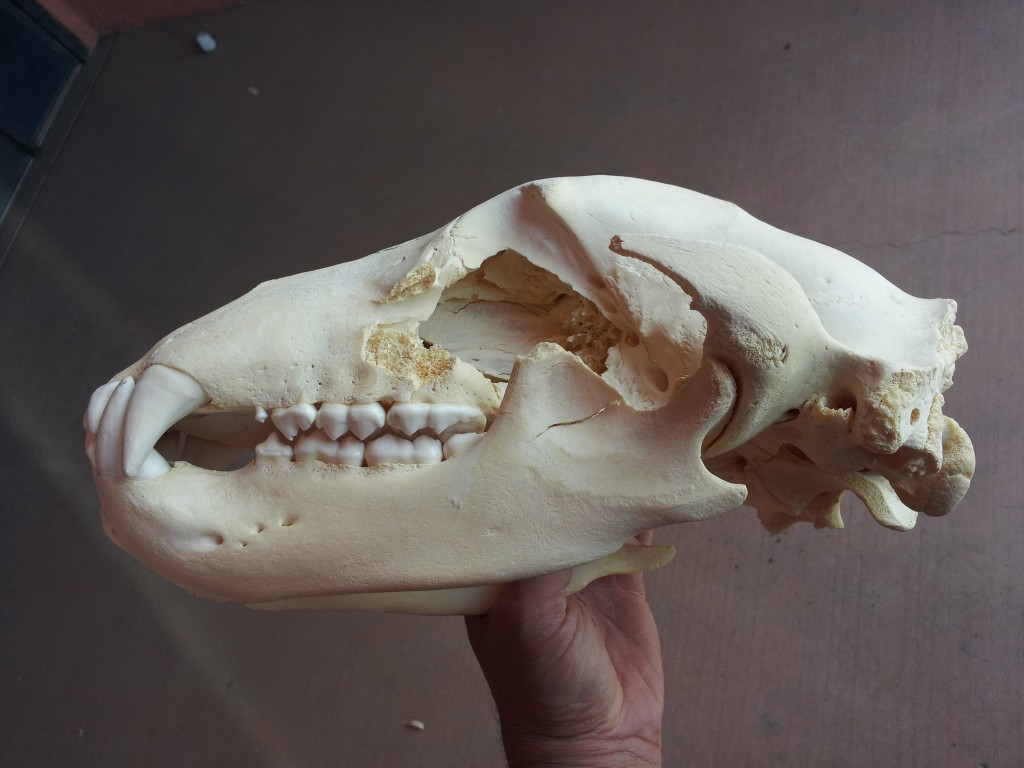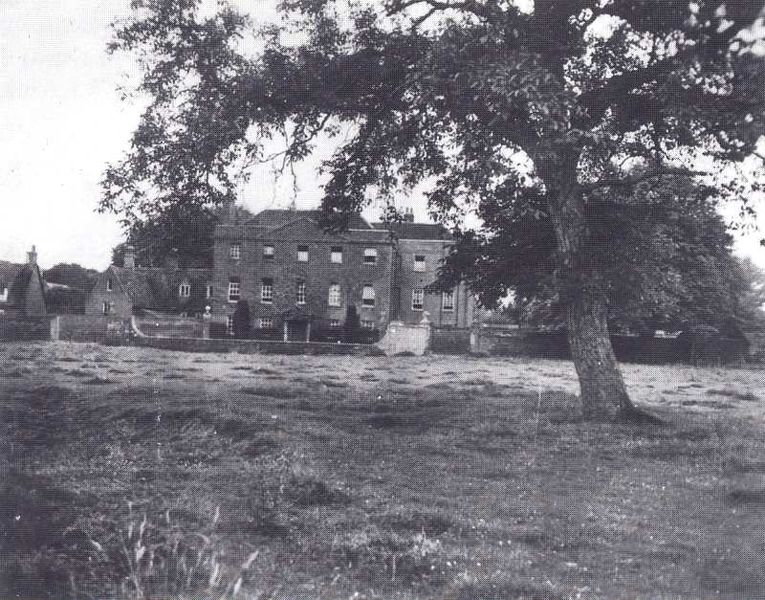 In the mail yesterday I received a grizzly bear skull from an acquaintance and taxidermist in Soldotna, Alaska. Expertly cleaned down to chalk-white bone and glistening, thumb-sized canines, it was the size and general shape of a football, and as smooth as sanded wood. My friend had apologized ahead of time for there being a bullet hole.
In the mail yesterday I received a grizzly bear skull from an acquaintance and taxidermist in Soldotna, Alaska. Expertly cleaned down to chalk-white bone and glistening, thumb-sized canines, it was the size and general shape of a football, and as smooth as sanded wood. My friend had apologized ahead of time for there being a bullet hole.
Lifting the skull from its packaging, I expected to see a neat-dime-sized hole, a clean kill straight to the brain. Instead, there was a ragged gap as big as a fist through the left eye, pieces of jaw and skull exploded around it. Little flecks of bone salted out as I turned it for a closer look.
The angle of the shot looked like it could have been head-on, the bullet fired from only slightly to the side. But this wasn’t the shot that dropped the bear. This bullet had not actually penetrated the brain case. It had been stopped by exploded muscle and bone.
I wondered, had this been a charge, all slobber and paws? Or a curious 350-pound grizzly turning to study an intruder with a gun, then taking it right in the eye. I knew nothing about this bear. The only identification was a plastic tag looped through its one remaining zygomatic arch, which read, AK BGR 0202873.





